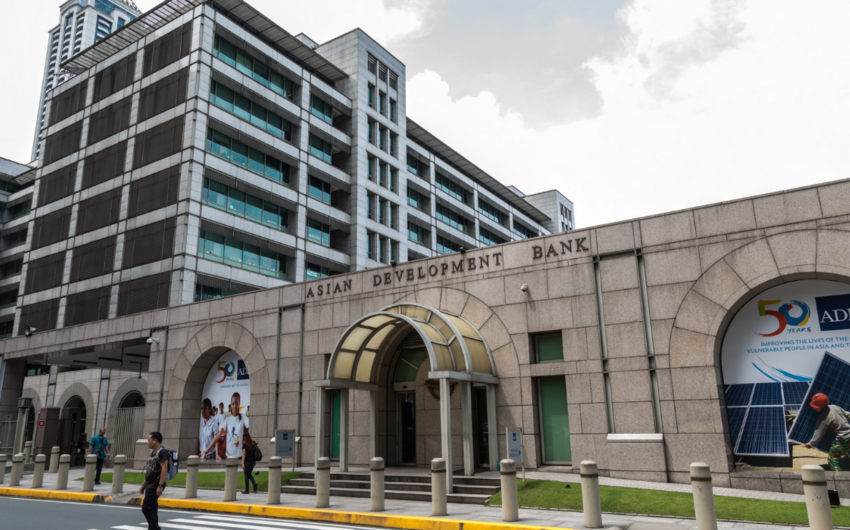“The economy contracted in 2020, squeezed by the pandemic and reduced oil production. Inflation rose slightly, and the current account slipped into deficit as lower prices and production slashed oil exports,” Report informs, citing Asian Development Outlook (ADO) 2021: Financing a Green and Inclusive Recovery.
Growth is forecast to resume in 2021 and accelerate in 2022 as the pandemic eases and demand recovers, bringing somewhat higher inflation and restoring a current account surplus with higher oil prices and output. Small and medium-sized enterprises need better access to finance.
The economy reversed 2.5% growth in 2019 to contract by 4.3% because of the COVID-19 pandemic and oil output reduced in accordance with agreed production cuts. A 44-day military conflict with Armenia had a little economic impact.
On the supply side, the industry retreated from its 1.0% rise in 2019 to contract by 5.6% as mining, which comprises two-thirds of the industry, shrank by 7.4%, mainly from lower oil production. Manufacturing grew by 10.4%, led by furniture, textiles, chemicals, and information technology hardware. Construction, which declined by 2.8% in 2019, was contracted by a further 8.7% from lower investment. Services reversed 3.8% growth in 2019 with 3.9% contraction, led by a 58.9% plunge in tourism, while retail trade fell by 1.3%. Growth in agriculture slowed from 7.3% in 2019 to 1.9% despite livestock expanding by 3.1%.
On the demand side, for which data are available only for the first 9 months of 2020, private consumption reversed 6.9% growth in the same period of 2019 to shrink by 3.6% as three rounds of lockdowns in larger cities curbed demand. Public consumption rose by more than 10.0%, reflecting a 26.1% rise in new public employment that included 38,000 temporary jobs created as a pandemic response. Investment, mainly from domestic sources, shrank by 8.3% as both public and private investment fell. Net exports plunged with lower hydrocarbon exports.
Inflation accelerated slightly from 2.6% in 2019 to 2.8%, mainly on higher food inflation, which increased from 3.8% in 2019 to 5.0%. Prices rose by only 1.3% for other goods and 1.0% for services as the pandemic interrupted demand. Expectations in the first quarter of 2020 of higher inflation were subsequently curbed as lower demand, a stable exchange rate, and price controls restrained inflation in the second half of the year


 https://static.report.az/photo/b536e1f3-2f3a-3ce8-b96b-4fc7c799e7db.png
https://static.report.az/photo/b536e1f3-2f3a-3ce8-b96b-4fc7c799e7db.png

